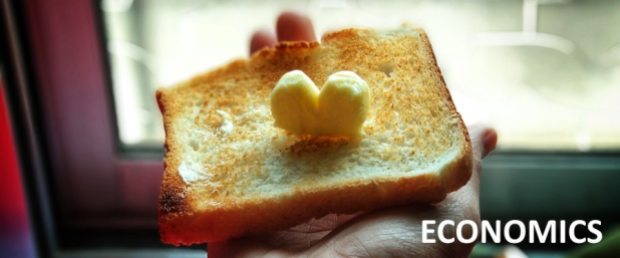
Are talents born? How would you know a baby is going to be a star violinist, or a top notch computer programmer? How would these kids first be incentivised to try things out to begin with? It’s more likely that there’s a market for the particular talent which the kid was exposed to and hence got started, and found himself or herself being able to do it well and hence the resources around him/her was attracted to support the development.
The market for talent is vital to encourage and develop talents. It is the presence of the market that allows people to aspire towards being a ‘successful X’ – be it a musician, or a chef, or mathematician. Kids don’t just wake up one day, look at a long path into the forest and say they want to work towards being a cross country runner.
Singapore have been able to nurture and attract talents essentially by drawing proven talents from elsewhere into the market and then celebrating them. The value of doing this can be powerful if resources are poured into directing the nurture of local talents concurrently. Careful thinking about this market and its design is important so that structures can be put in place to ensure this is a virtuous circle. Those identified as talents should be able to support others who are trying to develop themselves. Pay-it-forward type of mentorship should be encouraged.
And those who have benefited personally and individually can pool resources to nurture the next generation. It’s akin to successful lawyers or bankers giving back to their alma mater to start scholarships that support new lawyers and bankers.








